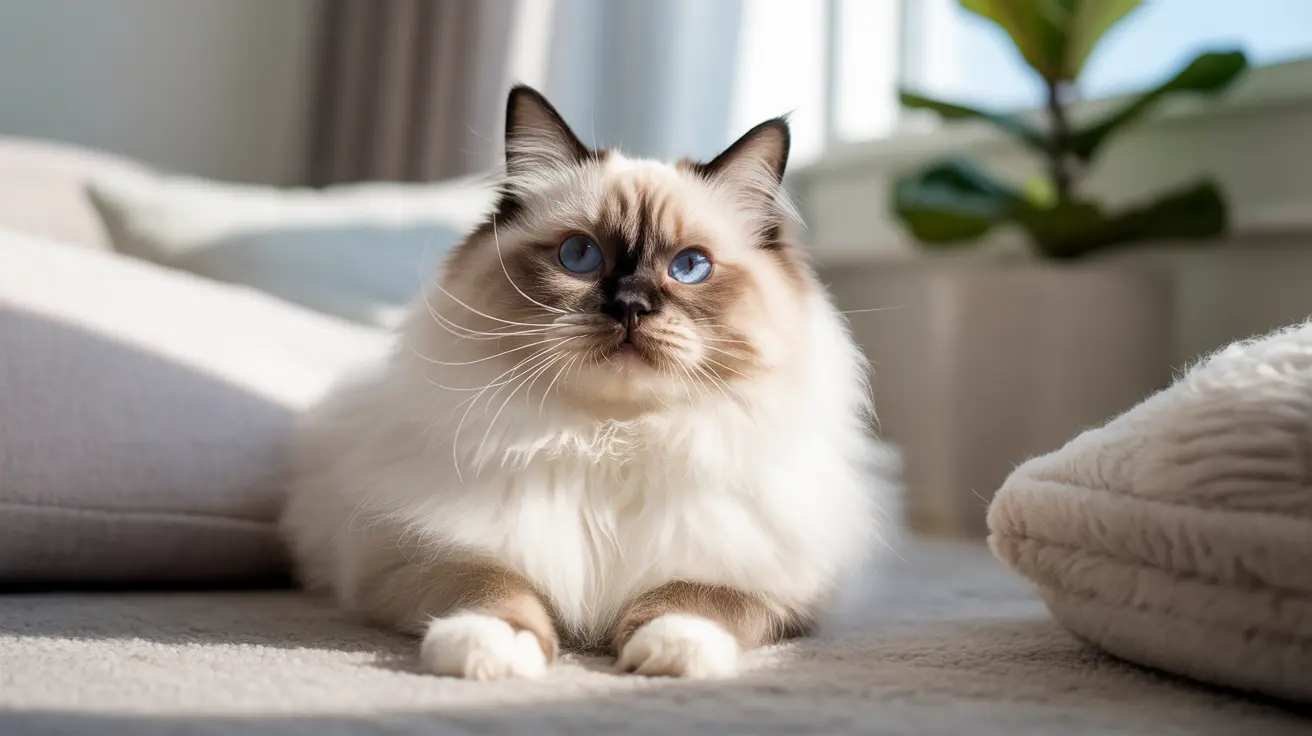Introduction to Feline Vocalization
Cats have a unique way of communicating with the world around them, primarily through vocalizations. Meowing serves as a crucial form of communication between cats and their owners, allowing them to express a range of needs and emotions. While meowing is a normal aspect of feline behavior, it can sometimes become excessive, signaling that something may be amiss. Understanding the reasons behind this behavior is essential for maintaining a harmonious relationship with your feline companion.
The Spectrum of Meowing: Normal vs. Excessive
To address excessive meowing, it's important to first distinguish it from normal vocalization patterns. Normal meowing occurs when cats communicate basic needs or emotions, such as hunger, thirst, or a desire for attention. However, when meowing becomes frequent and persistent, it may be deemed excessive. This shift often indicates underlying issues that require closer examination and intervention.
Unpacking Health-Related Causes
Pain and Discomfort
Health issues are a common cause of increased vocalization in cats. Pain, stemming from conditions such as dental problems or arthritis, can lead to more frequent meowing. Cats may vocalize to alert their owners to their discomfort or distress.
Urinary and Kidney Concerns
Urinary issues and kidney disease are significant health-related causes of excessive meowing. Cats experiencing discomfort while urinating or defecating may meow more around the litter box. Additionally, kidney disease can result in increased vocalization, particularly on challenging days, often accompanied by symptoms like increased thirst and appetite changes.
Cognitive and Sensory Decline
As cats age, they may develop cognitive dysfunction similar to Alzheimer's disease in humans. This condition can lead to persistent and excessive meowing. Similarly, loss of hearing or sight can cause cats to become more vocal as they rely on other senses to navigate their environment and communicate.
Thyroid Conditions
Hyperthyroidism is a common condition in senior cats that can significantly impact their behavior. Cats with hyperthyroidism often exhibit excessive meowing and restlessness. Despite increased appetite, they may lose weight, indicating the need for veterinary attention.
Behavioral Triggers for Excessive Meowing
Basic Needs and Hunger
Unmet basic needs, such as hunger and thirst, can manifest in vocal behavior. Cats may meow to lead their owners to their food or water sources, emphasizing the importance of ensuring these needs are consistently met.
Emotional States: Loneliness and Stress
Emotional factors, including loneliness, boredom, and stress, can drive cats to vocalize more frequently. While less common than in dogs, these feelings can still lead to increased meowing, particularly in stressful situations like car rides or visits to the veterinarian.
Attention-Seeking and Playfulness
Cats may meow to seek attention or initiate play, often presenting a toy along with their vocalization. Understanding these behaviors is crucial for responding appropriately and preventing learned attention-seeking habits.
Breed-Specific Vocalization
Certain breeds, such as Siamese and Bengals, are naturally more vocal than others. These breeds may require additional attention to their vocalization tendencies to ensure their needs are met without encouraging excessive meowing.
Mating Behavior
Unspayed female cats may exhibit vocalizations associated with mating habits, particularly during heat. This behavior, known as caterwauling, can be quite pronounced and is a natural part of their reproductive cycle.
Strategies for Addressing Excessive Meowing
Ensuring Basic Needs Are Met
To prevent unnecessary vocalization, it's essential to check and fulfill a cat's basic needs, including providing adequate food, clean water, and maintaining a clean litter box. Addressing these fundamental requirements can significantly reduce meowing related to unmet needs.
Identifying and Addressing Distress
Recognizing signs of distress or pain is crucial for addressing excessive meowing. If a cat's vocalization is linked to discomfort, seeking veterinary help promptly can alleviate the underlying issue and reduce meowing.
Behavioral Modification Techniques
Managing attention-seeking behaviors involves not rewarding excessive meowing. Ignoring the behavior until the cat is quiet can help break the cycle of learned vocalization, promoting more balanced communication.
When to Seek Professional Help
Persistent meowing, despite addressing basic needs, warrants consultation with a veterinarian. They can conduct necessary tests, such as bloodwork or urinalysis, to identify underlying health issues and recommend appropriate treatment options.
Conclusion: Fostering a Harmonious Relationship
Understanding the reasons behind excessive meowing is key to addressing it effectively. By identifying health-related and behavioral causes and implementing appropriate strategies, cat owners can reduce excessive vocalization and enhance their relationship with their feline companions. Always consult with a veterinarian if meowing persists, ensuring your cat remains happy and healthy.






